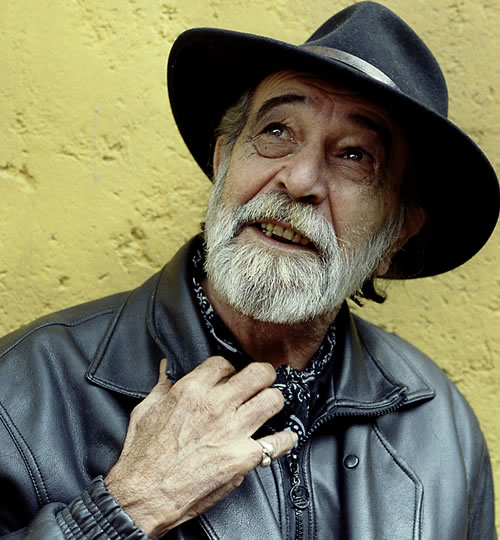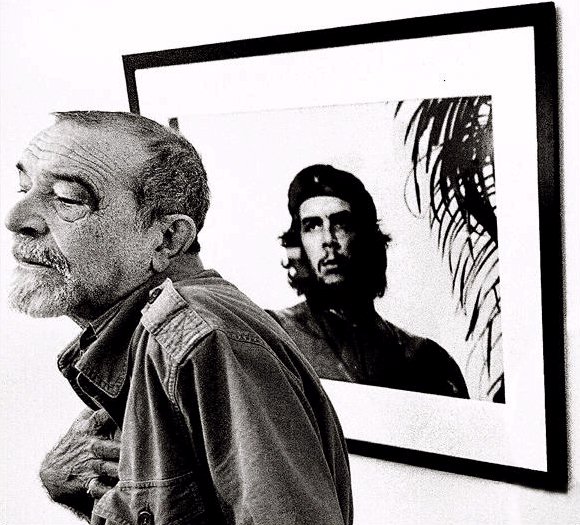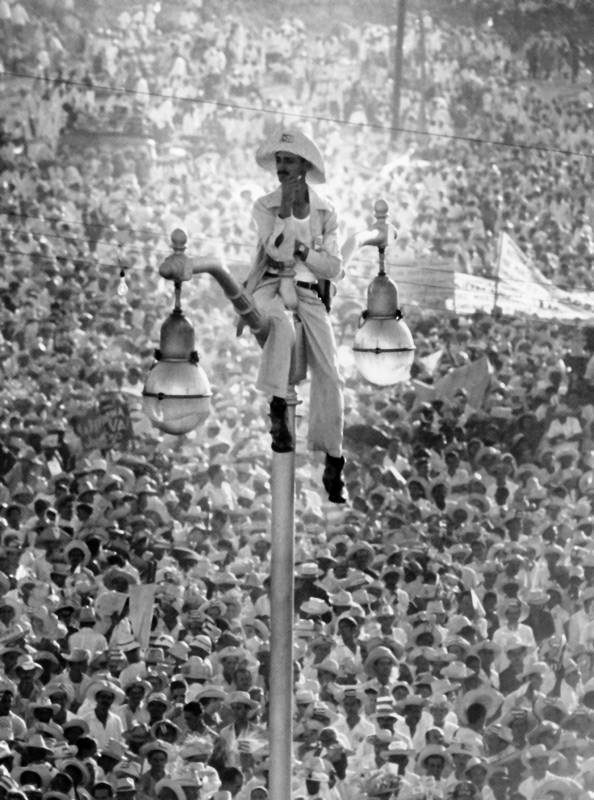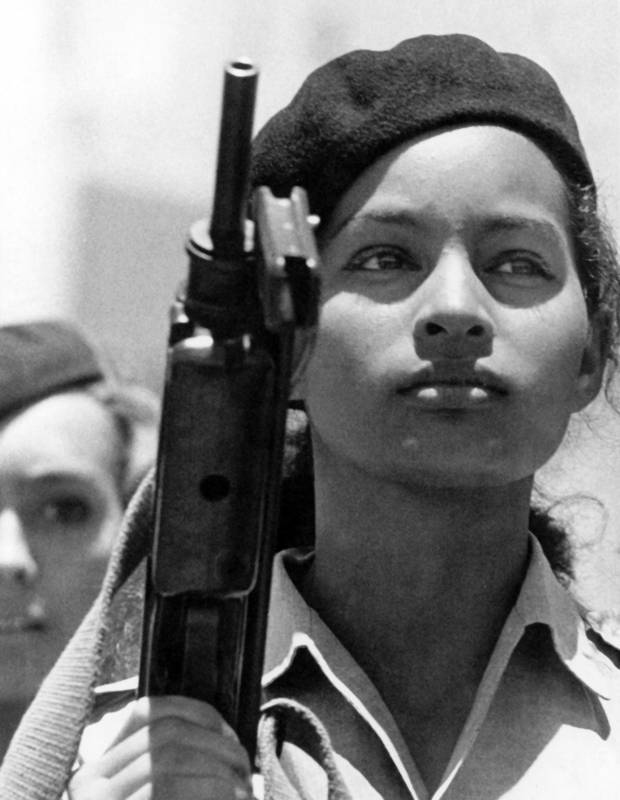| Alberto Korda
The Art History Archive - Photography
The Photographer behind the Face of Ernesto Che GuevaraSee also: The History of Photography as a Fine Art Biography by Brandi Leigh - November 2007. Born September 14th 1928 – Died May 25th 2001. Born Alberto Diaz Gutierrez in Havana, Cuba and son of a railway worker. He worked a series of odd jobs as a teenager, and finally stumbled upon as job as a photographers assistant. He became passionate about photography and began to dabble in it on his own. Korda had two main passions in life: his photography which the world saw, and his passion for women which his friends and colleagues saw. Korda also loved fashion – mainly because of the beautiful models, however fashion photography was not a custom at that time in Cuba, so Korda began his photography career taking photos for advertisements. However his true passion for women showed through as he chased after the young up and coming models. He managed to find a regular place for his fashion photography in Havana Weekly, making him Cubas first fashion photographer. In 1959 he was awarded the “palma de plata” for his photography. He fell in love with one of the top models in Cuba – Natalia Mendez – and soon made her his wife. When the revolution began in Cuba, a newly formed paper called the Revolution was created. The newspaper was different from others at the time, with huge bold titles and lots of photographs detailing all events of the uprising in Cuba. Korda recalls that “at this time [he] took a photo of a little girl, who was clutching a piece of wood for a doll. [He] came to understand that it was worth dedicating [his] work to a revolution which aimed to remove these inequalities.”
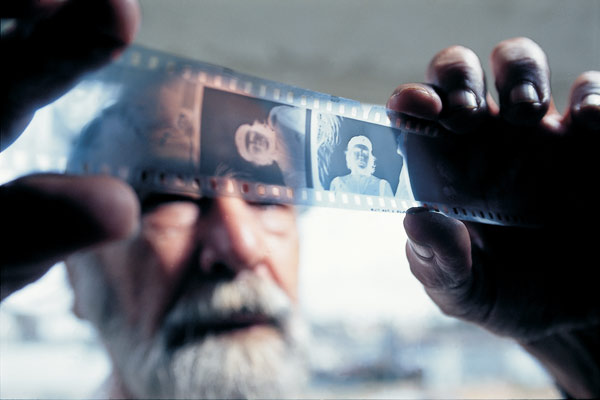 When Fidel traveled to the United States in April of 1959, Korda was sent up with a team of photographers to document the events there. One of his first photos of Castro was a striking photograph of his visit to the Lincoln Memorial in Washington, DC. After that trip, he began to accompany Castro all over Cuba as well as on his trips overseas to the Soviet Union. He remained Castros personal photographer for 10 years. Korda thought very highly of Castro, and the two became good friends over the years. He was able to photograph various shots of Castro and Che Guevara, playing golf together, fishing, and even some of Castro spear fishing. This introduced Korda to the world of underwater photography and later Korda went on to create a photographic department at Cuba’s Institute of Oceanography.
Korda is most famous for his photo of Che Guevara (a student of medicine and young revolutionary who had joined Castros revolutionary 26th of July movement). The photo was taken after a Belgian transport exploded in Havana harbour and killed 136 people. After the memorial service Fidel came to give a speech. Che Guevara just happened upon the stage where Fidel was talking, and Korda – surprised by the look on Che gave – quickly snapped two photos before he disappeared off stage again. After the memorial service, the photos of Fidel, Che and the events of the day were developed back at the journal and a few were selected to be published. The photo of Che was not one of those selected however and remained just part of Korda’s personal collection. Then in early 1967, a stranger came knocking. The stranger happened to be Italian publisher Gianfranco Feltrinelli who was looking for a portrait of Che, so Korda gave him two copies of the print as gift. In October of that same year, Che was executed by the Bolivian army. Feltrinelli printed a thousand posters of Che and began selling them – this is the photo which became iconic around the world, and is present even today on many shirts, posters and books. Feltrinelli became very rich off of this photo, however Korda never received any royalties or money for taking what is considered the worlds most published photograph. People often ask Korda how he was able to take that photograph, and he admits “This photograph is not the product of knowledge or technique. It was really coincidence, pure luck.” For all the amazing work that he did, he was a very modest and humble man who enjoyed a lot of the simpler things in life.
Korda's other memorable photos include shots of the victorious rebels arriving in Havana and Quixote of the Lamp Post, which shows a Cuban man sitting on a lamp post in a sea of people listening to a Castro speech. Korda received many awards for his photography, including best photographer of the year by Revolution from 1960 to 1963. From 1967 to 1978, Korda focused mainly on underwater photography. During this time he explored the depths around Cuba, and is said to have left behind an archive of images of practically all underwater creatures that live around the island. There have been many exhibitions of his work: Italy in 1985, Havana in 1986 and Chicago in 2000. Korda passed away in May 2001 of a heart attack at the age of 72 while at a show in Paris, France. He will never be forgotten. Korda's advice to aspiring young photographers: "Forget the camera, forget the lens, forget all of that. With any four-dollar camera, you can capture the best picture." He believed in the passion behind the photographer, not the camera that the photographer had. He was also quite fond of the French writer Antoine de Saint Exupery, and often paraphrased a quote of his from The Little Prince: “You can only see with your heart. That which is essential is invisible to the eye.”
|
|
| |
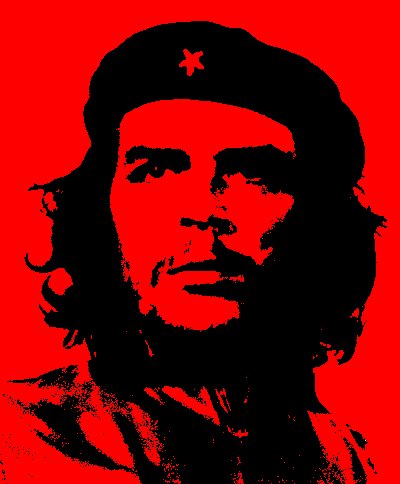
The Iconic PhotographBy Charles Moffat - November 2007. [See Also: Iconic Images of War.] This high contrast bust drawing that is based on Korda's original photo was made in 1968 in several variations (some in red and black, black and white and black and white with a red star) by Jim Fitzpatrick, an Irish artist mostly known for his depictions of Irish mythology. Fitzpatrick received a copy of a print of the photo from a group of Dutch anarchists in 1965. [Right: Jim Fitzpatrick's "Che" - 1968.] The modified image was reproduced on a range of different media, though Korda never asked for royalties as he reasoned that Che's image represented his revolutionary ideals. The more his picture spread the greater the chance Che's ideals would spread. It wasn't until the year 2000 that Korda took legal action. In response to a company using Che's picture to sell vodka, Korda sued advertising agency Lowe Lintas and Rex Features, the company that supplied the photograph. He was able to affirm his ownership of the photo and won an out-of-court settlement of $50,000. Korda was a lifelong communist and did not want commercialization of the image, he told reporters. "To use the image of Che Guevara to sell vodka is a slur on his name and memory. He never drank himself, he was not a drunk, and drink should not be associated with his immortal memory... As a supporter of the ideals for which Che Guevara died, I am not averse to its reproduction by those who wish to propagate his memory and the cause of social justice throughout the world." — Alberto Korda
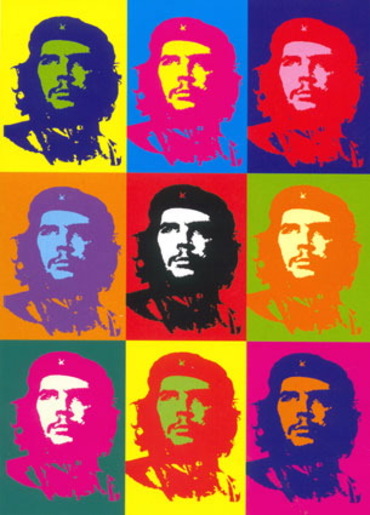
Above: Andy Warhol - Che - 1962. | |
